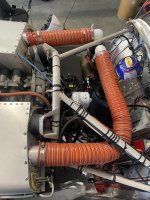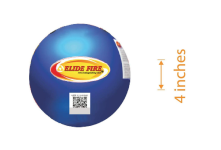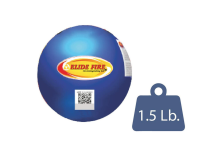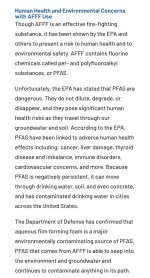Pilot135pd
Well Known Member
After doing a search and reading all the great reviews of the Element extinguisher on this forum, I couldn't find any threads on the Elide automatic fire extinguisher which to me seems like the perfect companion to the Element extinguisher. I fly with doors off so my plan is to use the Element inside and the Elide in the engine compartment.
It's small, weighs about 1.5 pounds, fits perfectly inside the cowling, and only goes off with direct fire contact, not with heat.
Also the dry chemical inside is Non-Toxic and Eco-friendly HOWEVER it is corrosive on metal, but I don't see how it can't be completely washed off since the residue isn't inside of the plane. The dry chemical is 99.89% mono ammonium phosphate, so if it goes off on your grass runway, it'll be fertilized at the same time you save your plane, WIN-WIN !!

Here's a picture of a blue ball extinguisher installed in my cowling and a link to a video that shows how simple it works. https://www.youtube.com/watch?v=pwSTqeK8DJQ&t=1s
Here's the link to the product and there's also the MSDS (Material Safety Data Sheet) you can download at the bottom of the main page https://www.elidefireus.com/
Anyone here have it also installed or has used it already?
It's small, weighs about 1.5 pounds, fits perfectly inside the cowling, and only goes off with direct fire contact, not with heat.
Also the dry chemical inside is Non-Toxic and Eco-friendly HOWEVER it is corrosive on metal, but I don't see how it can't be completely washed off since the residue isn't inside of the plane. The dry chemical is 99.89% mono ammonium phosphate, so if it goes off on your grass runway, it'll be fertilized at the same time you save your plane, WIN-WIN !!
Here's a picture of a blue ball extinguisher installed in my cowling and a link to a video that shows how simple it works. https://www.youtube.com/watch?v=pwSTqeK8DJQ&t=1s
Here's the link to the product and there's also the MSDS (Material Safety Data Sheet) you can download at the bottom of the main page https://www.elidefireus.com/
Anyone here have it also installed or has used it already?








